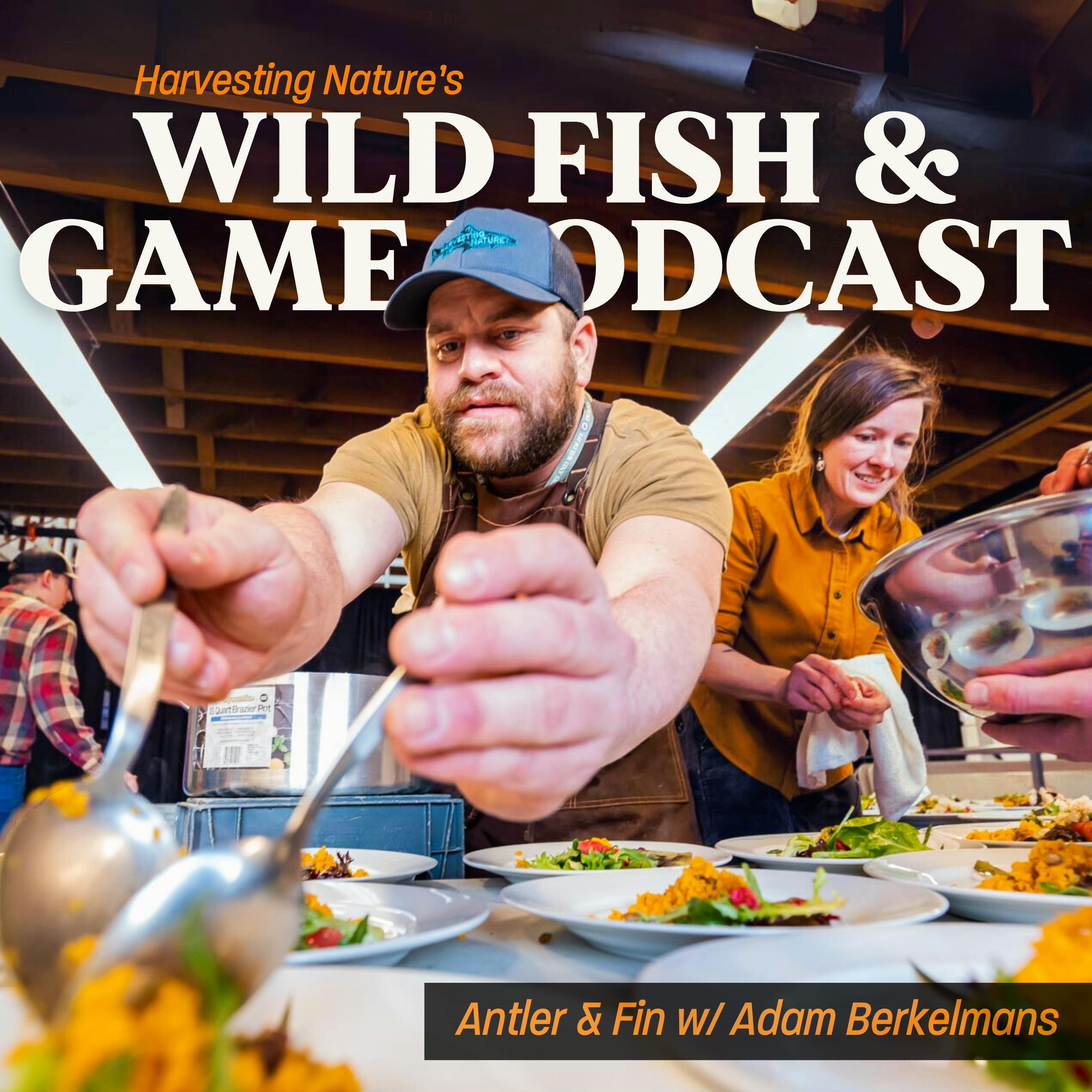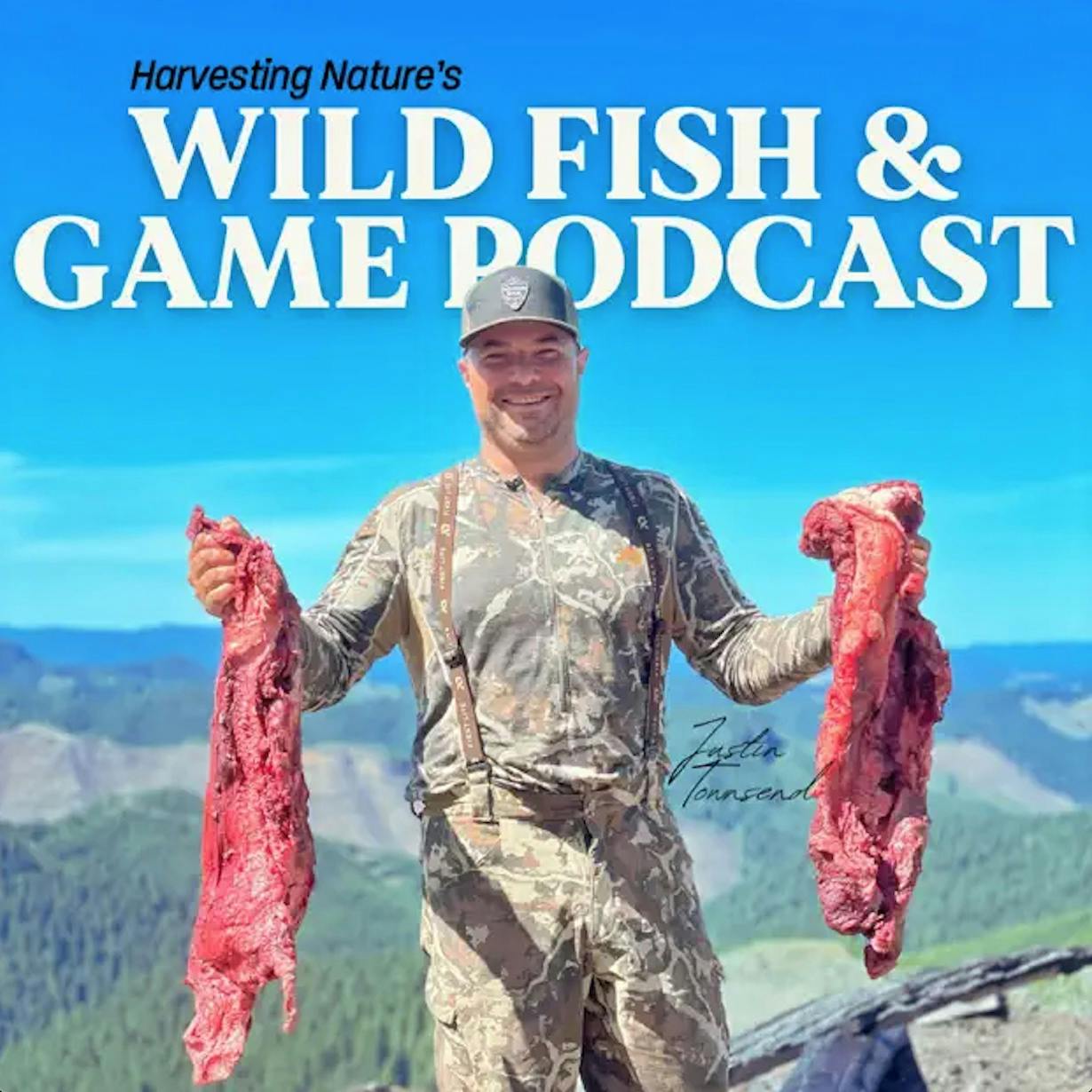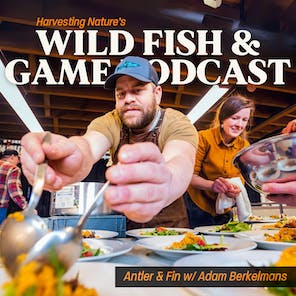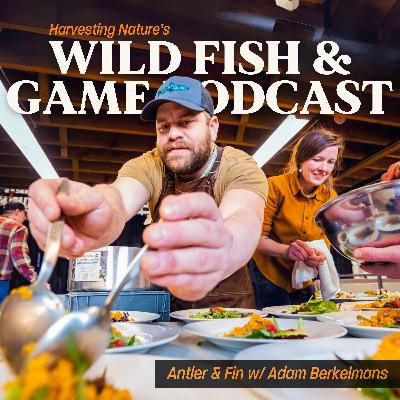Who doesn’t love a stir fry? Quick, easy, healthy, and tasty, it’s the perfect weeknight meal.
Hunters in particular should be taking advantage of stir-frying. The lean and flavourful meat of wild game goes perfectly in a well-made stir fry and you can make the thin strips of meat necessary for stir fry out of your trim pile!
This venison stir fry is the perfect weeknight meal. Quick, easy, healthy, and most importantly, delicious!
It’s also infinitely changeable. I made mine with white-tail hindquarter (when butchering I like to square off my steaks and roasts and slice the trimmings thin for stir fry), but you could just as easily use thinly sliced wild pork, duck or goose breast, pheasant, grouse breast, or the loin, flank, shoulder, or round from any ungulate. Pretty versatile!
But that’s not all; you can also change up the vegetables to any light and crisp veggies like peppers, sugar snap peas, zucchini, spinach, kale, tender beans, asparagus, or celery. Tougher vegetables like broccoli or carrots work too, but you may have to blanch them first.
The sauce is also riffable. You can add any flavours you like to the sauce, like chilies or hot sauce, vinegar, brown sugar, ginger, etc. You could also just use a store-bought sauce like stir-fry sauce, teriyaki, sweet and sour, etc. to make things even easier.
Read the written version of this recipe as prepared by Adam Berkelmans (The Intrepid Eater)
Rate this Podcast
Listen to our other podcasts here
Buy our Small Batch Wild Food Spice Blends
About Stir Frying
Proper stir-frying, especially wok stir-frying, is generally misunderstood by Westerners. In China, however, as well as the Chinese diaspora, it is nothing short of an art.
Stir fries here often consist of a ton of meat, random veggies, and a bunch of store-bought sauce, all added to the wok or skillet at once to basically braise down into a soggy mess. Tasty? Yes, actually, it’s not that bad. But compared to a proper stir fry? Not even close!
There are a few easy tips to make your stir fries better though, even if you don’t reach the heights of a wok master, so let’s get into them and see if we can elevate your weeknight stir fry into something just as good as takeout.
Marinate or velvet your meat.
You’ll probably want to get your rice or noodles going now too.
Prepare your mise en place: aromatics ready, meat ready, all veggies cut, sauce ready, garnishes ready to go.
Get your wok ripping hot.
Add the oil and swirl it around the wok.
Add the aromatics to flavour the oil. Remove if need be.
Add the meat and give it a good sear on both sides. Remove if need be.
Add the hearty veggies, then the tender vegetables, then the ultra-tender vegetables, tossing them around constantly.
Add the meat and aromatics back in if you removed them.
Stir the sauce to reincorporate the cornstarch.
Add the sauce around the edge of the wok.
Reduce heat and toss everything together. Let the sauce thicken.
Add garnishes and take off of the heat.
Serve immediately.
And that my friends is a stir fry.
About Adam Berkelmans:
Adam Berkelmans, also known as The Intrepid Eater, is a passionate ambassador for real food and a proponent of nose-to-tail eating. He spends his time between Ottawa and a cozy lake house north of Kingston, Ontario. When not cooking, he can be found hunting, fishing, foraging, gardening, reading, traveling, and discovering new ways to find and eat food.
Follow Adam on Instagram
Visit the Intrepid Eater website
Learn more about your ad choices. Visit megaphone.fm/adchoices















I'm not sure what the science is behind it, but somehow the deep reverb of his voice also stimulates my taste buds. Wonderful listen, 10/10.